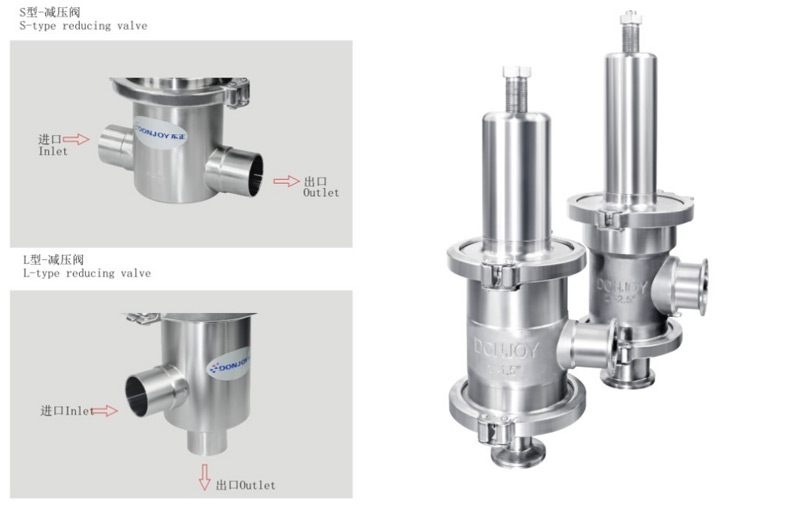Pressure Regulating Procedures and Primary Functions of Pressure Reducing Valves
1. Close the gate valve upstream of the pressure reducing valve and open the gate valve downstream to establish a low-pressure environment on the downstream side.
2. Rotate the adjusting screw counterclockwise to its maximum position (corresponding to the lowest outlet pressure), then close the downstream gate valve.
3. Gradually open the upstream gate valve until it is fully open.
4. Slowly rotate the adjusting screw clockwise to adjust the outlet pressure to the desired level, ensuring that the gauge pressure downstream of the valve is accurate. After adjustment, securely lock the nut and open the downstream gate valve.
5. If the outlet pressure exceeds the set point during adjustment, the process must be restarted from step one, as adjustments should only proceed from lower to higher pressures.

Primary Functions of Pressure Reducing Valves
The operational principle of a pressure reducing valve involves reducing water pressure through localized resistance within the valve's flow channel. The extent of pressure reduction is automatically adjusted based on the differential between inlet and outlet water pressures acting on the valve disc or piston. The principle of constant ratio pressure reduction utilizes the pressure ratio of a floating piston within the valve body, where the pressure reduction ratio between the inlet and outlet ends is inversely proportional to the area ratio of the pistons on each side. This ensures smooth operation without vibration, eliminating issues such as spring corrosion and metal fatigue due to the absence of springs in the valve body. The valve also maintains excellent sealing performance, preventing leakage under both dynamic (flowing water) and static (no flow) conditions. Importantly, it reduces pressure without impeding water flow.
Despite significant head loss through the pressure reducing valve, overall energy savings are achieved by minimizing water wastage, optimizing system flow distribution, and improving system layout and operating conditions. For steam applications, pilot-operated piston-type or diaphragm-type pressure reducing valves should be used. To facilitate operation, adjustment, and maintenance, pressure reducing valves should generally be installed on horizontal pipelines.


